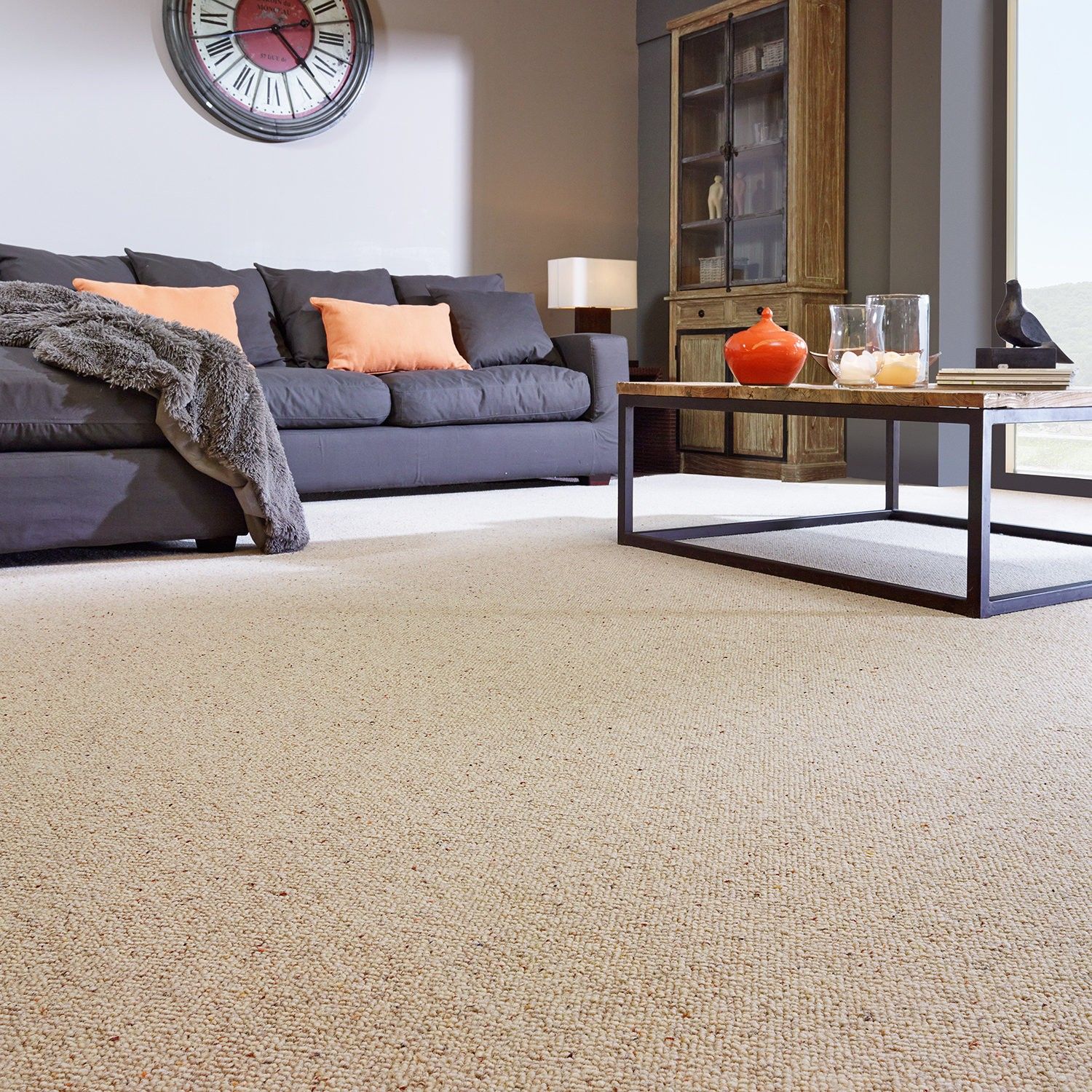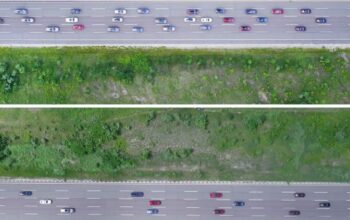Carpet has long held an enigmatic presence in both domestic and architectural environments. It envelops floors with warmth and design flair, but its sonic capabilities often go unnoticed. As ambient sounds ricochet off walls and ceilings, carpets serve a more profound purpose: they cloak sound, creating an oasis of tranquility in an otherwise cacophonous world. This phenomenon, referred to as “sonic invisibility,” merits exploration due to its implications on acoustics, interior design, and human psychology.
The Fundamental Physics of Sound Absorption
At the core of sound manipulation lies the intricate interplay between sound waves and materials. Sound, a mechanical wave, travels through mediums, and its interaction with materials determines whether it is absorbed, reflected, or transmitted. Carpets, crafted with texture and density, possess unique characteristics capable of mitigating sound propagation. Essentially, carpets absorb sound waves, reducing reverberation and minimizing echo, effectively creating a sonic cloak.
The effectiveness of a carpet’s sound absorption relies on its thickness, density, and material composition. Plush, high-pile carpets tend to outperform their lower-pile counterparts. The fibrous structure of carpets traps sound waves, converting kinetic energy into heat through viscous damping, thus diminishing their audibility. This conversion not only liberates the space from unwelcome noise but also enhances both privacy and the overall quality of auditory experiences within a room.
Psychological Implications of Acoustic Design
The ability of carpets to silence surrounds has profound psychological ramifications. Studies in environmental psychology underscore the impact of acoustic environments on cognitive function and well-being. Spaces inundated with noise can elicit feelings of stress and distraction. In contrast, environments with optimized sound absorption foster enhanced concentration, creativity, and relaxation.
Within the intimate setting of a home, the subtle sound dampening provided by carpets promotes a sense of privacy and sanctuary. As sound waves are absorbed, the emotional weight of external disturbances dissipates. This phenomenon is particularly paramount in urban settings, where residential life is often accompanied by the relentless hum of city life. The sonic invisibility offered by carpets is not merely a physical alteration but a psychological balm, allowing inhabitants to reclaim a sense of calm.
Cultural Perspectives on Sound and Silence
Throughout history, various cultures have imbued sound and silence with multifaceted meanings. The concept of sonic invisibility finds resonance in cultural discourses that elevate silence to a form of expression and a vessel for introspection. In many indigenous traditions, silence signifies wisdom and a connection to the spiritual realm, a contrast to the incessant noise of modernity.
Architectural practices across cultures frequently incorporate elements that promote a symbiotic relationship between sound and silence. The placement of carpets and textiles within sacred spaces, such as temples and mosques, elucidates the intent to cultivate an environment where contemplation prevails, unimpeded by auditory distractions. This historical inclination toward sonic invisibility reflects a collective human desire for peace amidst life’s chaos.
Modern Applications and Innovations
As modern living continues to evolve, the integration of carpentry and sonic design has gained momentum. Architects and interior designers increasingly recognize the importance of sound management within commercial and residential properties. Innovations in carpet technology, including sound-dampening underlays and advanced materials, have emerged, augmenting the acoustic performance of carpets and enhancing their functional contributions. Additionally, the rise of open-plan living spaces has necessitated innovative sound solutions, compelling designers to focus on materials that harmonize aesthetics with acoustical performance.
Carpet manufacturers now delve into experimental materials such as recycled textiles and bio-composite fibers, not only for environmental sustainability but also to enhance the acoustic properties of their products. The concept of “soundscaping,” a deliberate design approach that considers the auditory landscape, is growing within interior design realms. The pairing of acoustic carpets with strategic spatial arrangements illustrates a conscientious effort to curate auditory experiences, wherein carpets play a pivotal role in sound management.
Future Directions in Acoustic Research
The dynamic interplay between sound and space continues to unfold, beckoning further research into the properties of carpets as sound-absorbing entities. Investigating the intricacies of sound absorption coefficients for various materials can yield valuable insights applicable in sound-sensitive environments, like concert halls, recording studios, and educational institutions. Multidisciplinary approaches combining engineering, psychology, and design could lead to groundbreaking techniques in the development of architectural acoustics.
Moreover, as urbanization progresses, an understanding of how carpets contribute to sound management in increasingly dense living conditions becomes imperative. With populations migrating toward urban centers, the demand for sonic invisibility in home environments intensifies, calling for further exploration into how materials can mitigate sound pollution effectively.
Concluding Thoughts
Carpets transcend their role as mere decorative flooring, embodying an artistic and functional dialogue with sound. The phenomenon of sonic invisibility highlights the interconnectedness of design, psychology, and acoustics. As we navigate through a world overflowing with auditory stimuli, carpets provide a sanctuary—a protective cloak that not only beautifies our surroundings but also cradles our consciousness in tranquility. Thus, the exploration of carpets as instruments of sonic design warrants continued attention, unveiling the depths of human experience intertwined with the subtle symphony of sound and silence.










